CubaTrip Details

Day 1: Arrival into Santiago de Cuba
*Airfare to/from Cuba is not included.
- Arrival into Cuba from the U.S. / Money Exchange / Airport transfers to casas
- Welcome session at the casa, health, safety and security introductions
- Evening welcome dinner in Santiago de Cuba
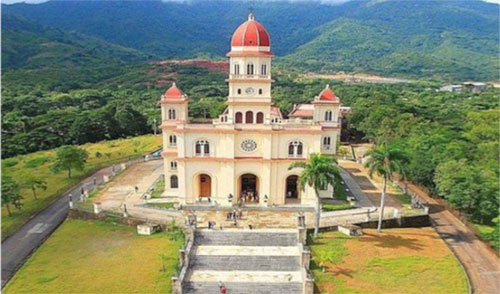
Day 2: Santiago de Cuba and El Cobre
- Walking tour of Santiago de Cuba - Santiago de Cuba is the second most populated province and city in Cuba, preceded by the capital: Havana. Founded by the Spanish in 1515, it's known for colonial architecture, Afro-Cuban cultural influences, and revolutionary history. Sites of distinction include the Plaza de Marte, its Revolution Square, the Moncada Barracks, and the Santa Ifigenia Cemetery, the resting place of notable Cubans including Jose Marti and Fidel Castro amongst others.
- Visit to El Cobre, a town created from the copper mine providing its name, which was unearthed in Pe-Columbian times. Located 20 Km to the northeast of Santiago de Cuba the mining village is crossed by the Cobre River, being destination of numerous pilgrimages because it houses, on its sanctuary, the Virgen de la Caridad, the Patron Saint of Cuba. On our visit we will visit the sanctuary of El Cobre.
- Evening rooftop cocktail and dinner in Santiago. Optional evening activity at Casa de la Música, music, and dancing.
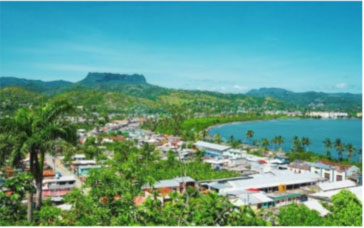
Day 3: El Yunque and La Cueva del Paraiso in Baracoa
- Located approximately 10 km from the city of Baracoa, Guantánamo, El Yunque de Baracoa is the most famous elevation in the Guantanamo province. It has a height of up to 575 meters, a result of differential erosion of limestone. This site has natural, historical, environmental, and cultural values. It is located within a protected area as part of the larger Cuchillas del Toa biosphere reserve, considered an outstanding natural element of the region.

- La Cueva del Paraiso, or Paradise Cave was formed in the Quaternary period and within the genetic classification of caves it can be considered as of phreatic origin. The museum cave today is made up of three rooms. Its principal enclosure rests on the hillside that begins on the third terrace of Seboruco, which is composed of a set of engravings and petroglyphs, evidence of the rock art practiced by Cuba’s Taino and Arawak pre-Columbian cultures
- Evening dinner and overnight in a casa particular in Baracoa.
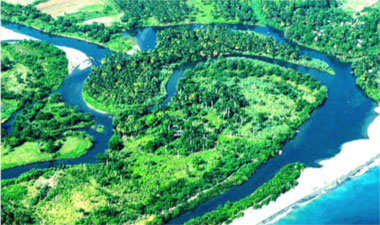
Day 4: Visit and hike to Cuchillas del Toa Biosphere within Humbolt Park
- The Alejandro de Humboldt National Park, which is a World Heritage Site, in the East of Cuba holds the greatest biodiversity of the Insular Caribbean. Las Cuchillas del Toa, or Blades of the Toa, are shared by the provinces of Guantánamo and Holguín, and extends over two hundred thousand hectares, of which some six thousand are marine. The territory is crossed by the Toa River, which reaches the Atlantic Ocean, after traveling 118 kilometers, enriched by 71 tributaries.
- Cuchillas del Toa is considered one of the main centers of biodiversity and endemism in Cuba and in the islands of the Caribbean Sea. The Toa and its tributaries are a globally unique source of pure water in a world.
- Depart for Las Tunas, dinner and evening in Las Tunas.
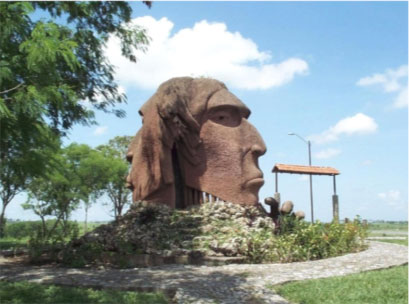
Day 5: El Cornito and the Peasant Music of Las Decimas
- El Cornito, translated as the little horn, is identified as the Parque del Cucalambé, for having been the place where the Cuban poet Juan Cristóbal Nápoles Fajardo was born, it is located at one end of the city of Las Tunas on the road that leads to Camagüey. The name of the park is derived from the stream that crosses the place, today a beautiful park that is reached by a paved path, lined with flowers and vegetation. This trail stretches for almost eight kilometers until it ends at the cattle fair stands, the rodeo, the zoo, the city's botanical garden, the 26 of July Park and at the end of the trail is a cultural recreation center in the shade of a bamboo forest, typical of the nature of the area.
- Peasant Music of Las Decimas - Las decimas is a type of rhyming improvisation to Cuban peasant music played by the Tres Cubano, a guitar with three cords. Performances may include children's competitions of improvisation, round songs, written and illustrated peasant chants and improvised vocals accompanied by acoustic musical compositions.
- Evening dinner and walking tour of Las Tunas. The origin of the name of this city comes from aboriginal mysticism since Las Tunas is known as a town of myths and legends that haunt its origins and give color to its contemporary history.
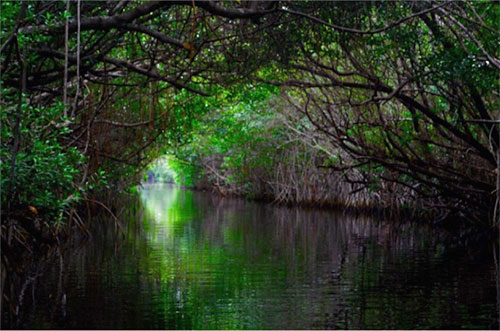
Day 6: Laguna de Redonda Mangroves in Ciego de Avila
- La Redonda Lagoon mangroves are located 8 km north of the city of Morón, along the road that leads to Turiguanó Island. The lake holds the most abundant trout populations in Cuba, where the headquarters of the International Fisheries Center is located. This site was selected by the Sustainability Project that is developed in the Sabana-Camagüey archipelago, sponsored by the World Environment Fund and the United Nations Development Program as a guide product for the strengthening of sustainable nature tourism in the region. This lagoon has mainly mangroves as vegetation and various channels which feed the cove.
- Optional waking tour, dinner and evening in Ciego de Avila, a colonial town known for its neoclassical architecture located in the center of Cuba within the central province of the same name.
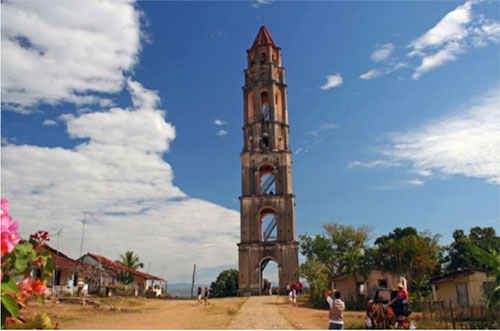
Day 7: UNESCO heritage site of Trinidad
- Visit to the Torre Iznaga, nicknamed Cuba’s “Tower of Pisa,” it is located on an old sugar plantation at about 15 kilometers from Trinidad in the Ingenios Valley as we enter Trinidad, one of Cuba’s renown UNESCO heritage sites.
- Walking tour of Trinidad, a UNESCO heritage site known for its colonial old town and cobblestone streets
Visit to the Plaza Mayor (main plaza) the town’s neo-baroque main square, the Palacio Cantero (municipal museum of history), the Church of la Santísima Trinidad, the Museum of Colonial Architecture that displays relics from the town’s sugar-producing era, the Convent of San Francisco, and the Casa de Aldeman Ortiz art gallery. - Evening dinner and optional night out to Trinidad’s Casa de la Música.
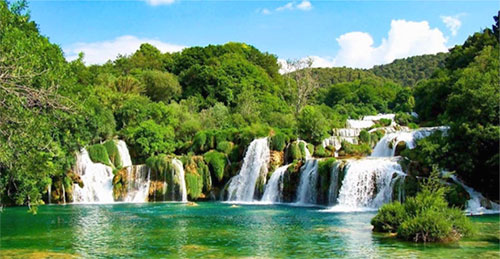
Day 8: El Nicho, enclave of the Topes de Collantes Natural Park
- El Nicho is an enclave of the Topes de Collantes Natural Park. Its name comes from a beautiful waterfall with crystalline waters on the Hanabanilla River. To get to the waterfall, we will hike just over a kilometer through an area known as the Kingdom of Waters, through which we will encounter the exuberant fauna and flora of the area, such as the tocororo, Cuba’s national bird. Refreshing baths can be taken in the many natural pools along the way and rest stops can be made along the numerous caves along the path.
- Depart from El Nicho to Playa Giron, dinner and evening at Playa Giron
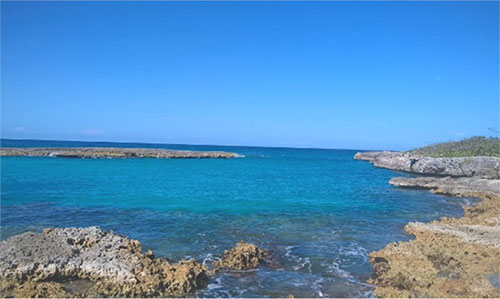
Day 9: Caleta Buena and Playa Giron
- Swimming and snorkeling at Caleta Buena, a small, protected cove 8 km southeast of Playa Girón known for its tropical marina life sightseeing.
- Afternoon in Playa Giron. Playa Girón is a small seaside town located in the Cienaga de Zapata, one of the biggest wetlands in the world. Complementary to its natural beauty it has very distinct historical value as the primary landing site in the Bay of Pigs invasion in April 1961. The museum of the town outlines the details of the iconic battle between U.S. sponsored Cuban expatriates and Cuba’s revolutionary army.
- Depart for Havana, dinner, and evening in Havana.
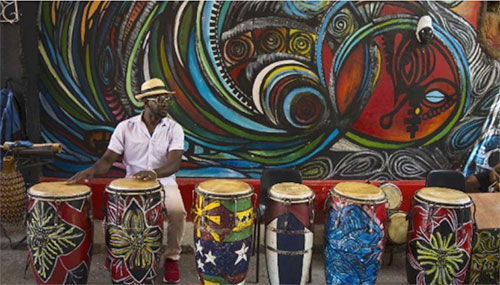
Day 10: Havana Art, Music and Religion
- Welcome to CIPS, Center for Psychological and Sociological Research, your program’s institutional host.
- Meet with CITMA (Ministry of Sciences, Technology and Environment) Officials
- Visit and lunch at Fusterlandia, a Gaudi-esque art-studio-turned-gallery created by visual artist José Fuster in Jaimanitas on the western outskirts of Havana. Fúster is known as the Picasso of the Caribbean, and the mosaic filled neighborhood is referred to as Fusterlandia. Fúster, together with local youth and artists, has mosaiced over 80 houses with ornate murals.
- Visit to the Callejón de Hamel (Hamel Alleyway) in Central Havana. The two-block long alley has become a shrine to Afro-Cuban religious art created by painter and sculptor Salvador González. The space celebrated the veneration of the Yoruba deities that exhibit the hybrid of Cuba’s cultural heritage known as Santeria or Ocha-Ifa mixed with a showcase of Yoruba dance and musical traditions. On Sundays the alley fills with dancers and live rumba drumming.
- Visit to San Jose Art Fair
- • Classic Car tour of Havana Experience riding in a classic 1950’s American car kept up over the decades with Cuban ingenuity and foreign makeshift parts. Tour Havana, Cuba’s capital city from a classic 1950’s convertible that will take you to the farewell dinner.
- Farewell dinner and evening in Havana
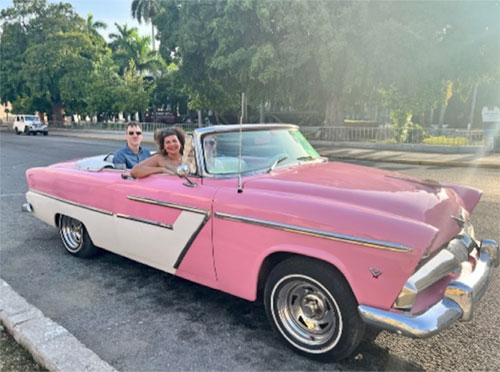
Day 11 Departure
*Airfare to/from Cuba is not included.
DEPARTURE FROM HAVANA BACK TO THE U.S.
- Breakfast at Casas
- Airport transfers
- Flights out of Havana
Airport transfers will be coordinated according to delegate departure times.
You must arrive to the José Martí International Airport no less than three hours prior to your departure time.
